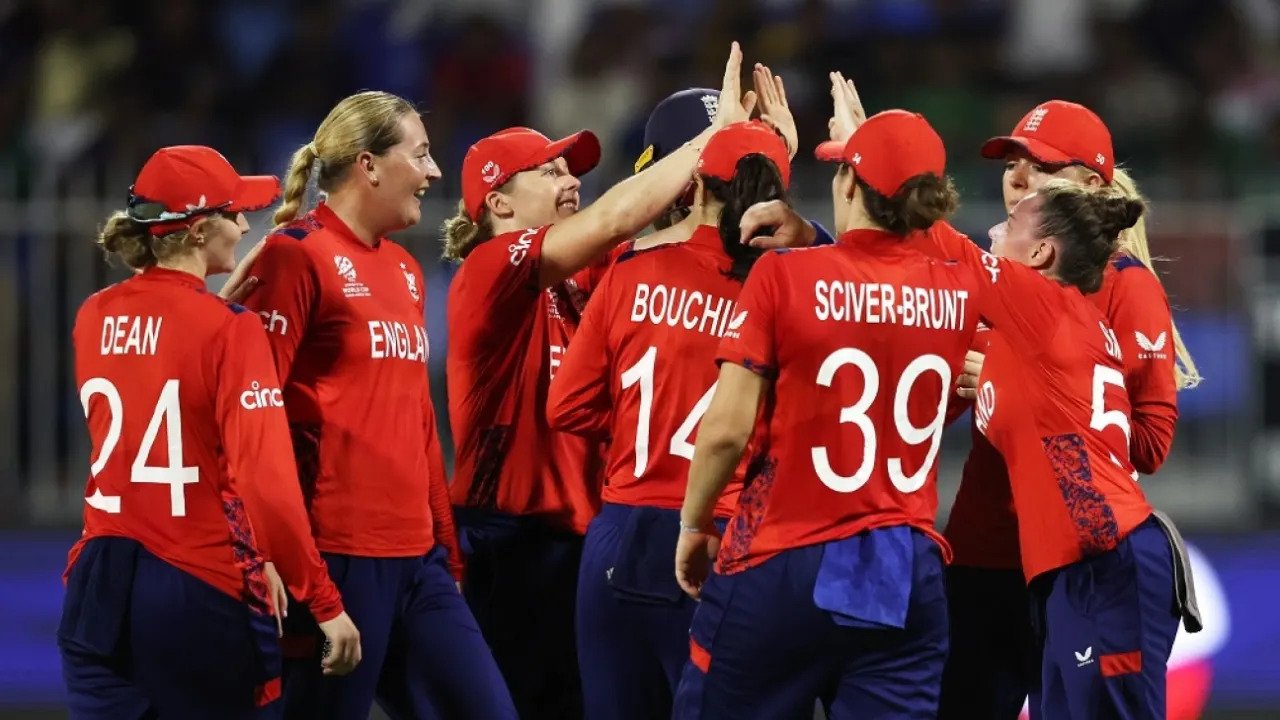Kagiso Rabada achieved a noteworthy milestone on October 21, 2024, during the first Test match between South Africa and Bangladesh, with a bowling display of outstanding skill.
It was Rabada’s 300th wicket. By getting rid of Mushfiqur Rahim, Rabada broke the long-standing record held by Waqar Younis and cemented his status as one of the fastest bowlers in history to attain this milestone.

When the first Test against Bangladesh began on Monday, Kagiso Rabada said he wasn’t thinking about his 300th Test wicket, but rather that he was “really surprised at how the wicket played out”—16 wickets dropped that day—and that once the ball began to seam, he knew he was in business.
After the day’s play, Rabada remarked, “We thought it was going to turn, and not really nip, but with the new ball, there was a bit of movement.” “There wasn’t much swing, but there was a good deal of seam action off the wicket.
“That’s actually how it went in the nets, to be fair. In general, you’ll receive something comparable in the middle to what you get in the nets. For the seamers as much as the spinners, it’s seaming and turning. That surprised us much. That’s what was prepared; we don’t prepare the pitches; it’s that easy.”
Wiaan Mulder got things going early, taking three wickets in a row, capitalizing on the broad strokes of the top-order batters in Bangladesh. At about the hour mark in his second spell, Rabada started to take wickets and achieved a significant milestone: 300 Test wickets. He broke Waqar Younis’ 24-year-old record by becoming the fastest player to reach the milestone in Test cricket history.
Despite being invited to bowl first at the Shere Bangla National Stadium, a venue known for producing explosive turners, Rabada was concerned about how South Africa would force the matter before he ever lifted a ball. In the twentieth over, though, Mulder and Rabada had the home team at 45 for 5.
Rabada took his historic wicket as Mushfiqur Rahim was the fourth batter to fall. And it was a unique delivery that removed the off and middle stumps by swinging just enough and pinching in just the right amount.

“When I came on to bowl this morning, I wasn’t really thinking about that final wicket,” Rabada stated. “After losing the toss and bowling first, I was more concerned with how we were going to win this Test. However, it was just a relief when it did happen. Although everyone looks forward to milestones, it was a relief. It was great to be supported by my teammates in the same way that they support me.
“This is a unique occasion. Regarding the record, I was unaware of it, but I suppose it inspires me to do even better.”
After Allan Donald (330), Shaun Pollock (421), Makhaya Ntini (390), Dale Steyn (439), and Morne Morkel (309), Rabada became the sixth bowler from South Africa to reach 300 Test wickets.
But Mulder had already done the early damage, taking the first three wickets to leave Bangladesh at 21 for 3.
“He had unbelievable bowling. Ever since our camp back in South Africa, he’s had a good appearance. Rabada praised him, saying, “He’s worked incredibly hard, and it shows.” “He has been bowling this way since the camp, so he didn’t really need to alter all that much. The award he received this morning doesn’t surprise me at all. He was amazing, and I’m very glad for him.”
After Bangladesh was bowled out for 106 runs, South Africa finished the day on 140 for 6, with five wickets taken by Taijul Islam. Spin after seam, then. When asked if this kind of ground was suitable for Test cricket, Rabada grinned and opted for a diplomatic response.
“I believe that Test cricket requires a certain amount of balance. You want the bat and ball to compete fairly. You want a wicket like that,” he stated. You could contend that either the batting or bowling units haven’t performed well, and that’s the balance you’re constantly attempting to strike.
“But, I think it’s tilting towards the bowlers after 16 wickets on the first day. Test cricket should provide a level playing field for bat and ball, where bowlers receive rewards for their efforts and batters can score with hard work.”





